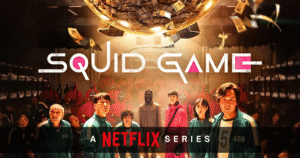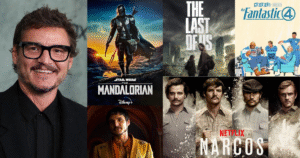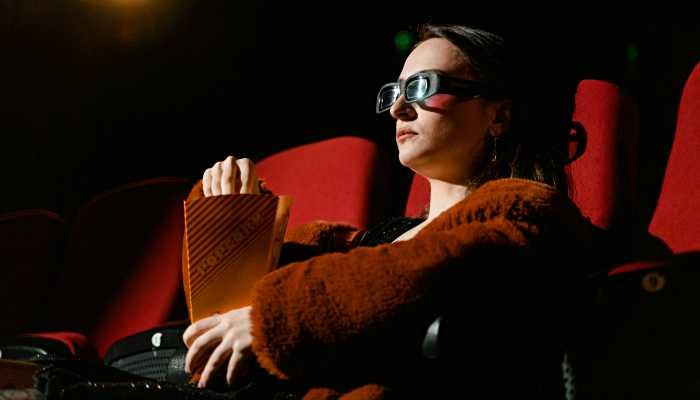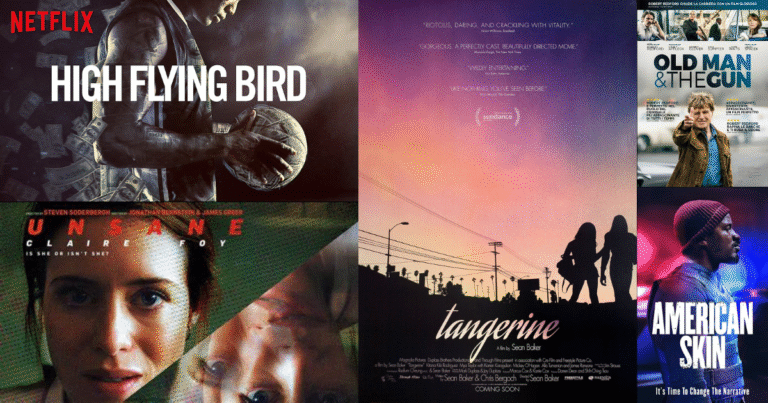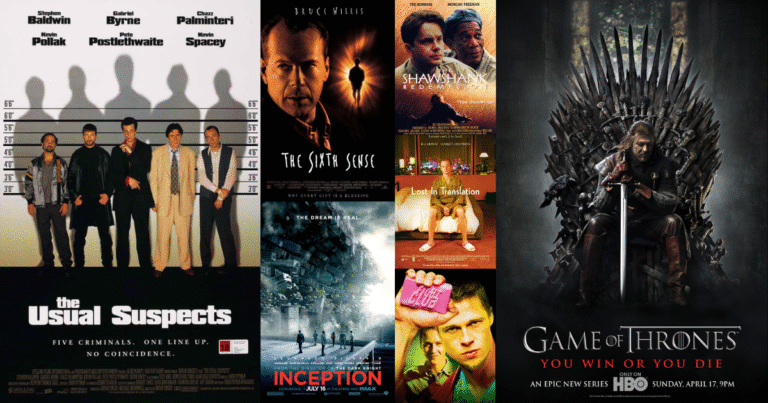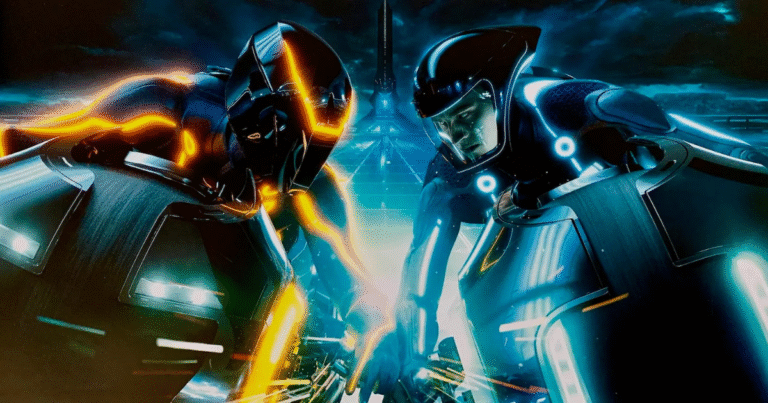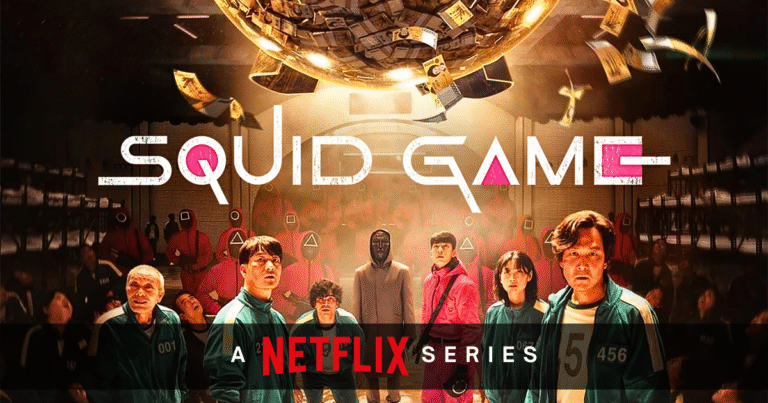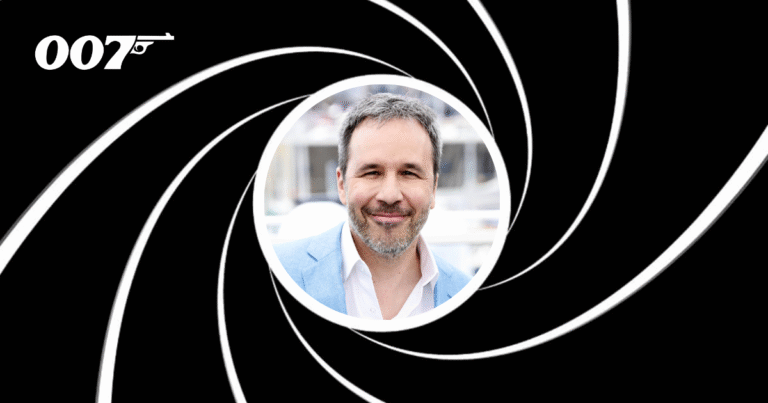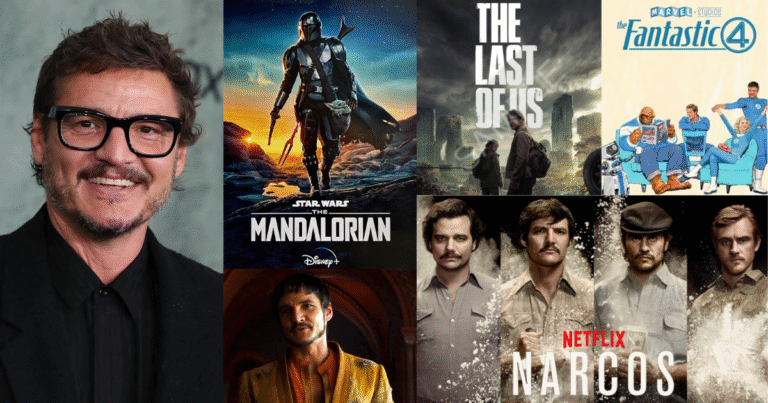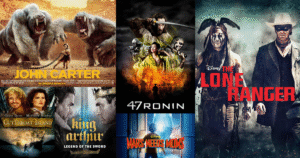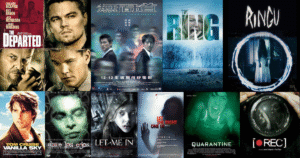In the 1980s, 3D returned again with movies like Jaws 3-D and Friday the 13th Part III. These films mostly relied on shock value, things flying at the audience, and weren’t known for strong stories. Once again, after a brief buzz, audiences moved on. The tech wasn’t good enough, and the movies often felt like gimmicks.
James Cameron Changed the Game
Everything changed in 2009 with the release of Avatar. Directed by James Cameron, this film used the latest 3D technology to create an immersive world like nothing anyone had seen before. Unlike earlier attempts, Avatar didn’t use 3D just for cheap thrills. It added depth to the world of Pandora, making the audience feel like they were truly inside the story.
The success of Avatar caused a huge wave. Hollywood jumped back into 3D. Big-budget films like Alice in Wonderland, Tron: Legacy, and even The Avengers came out in 3D. Studios re-released older hits like Titanic and The Lion King in 3D versions. Theaters installed new screens, and ticket prices for 3D were higher, which helped boost box office earnings.
Why 3D Keeps Coming Back
There are several reasons why 3D movies keep returning to the spotlight.
- Visual Appeal: When done right, 3D can make a movie more engaging. It adds a sense of depth and realism, especially in animated films, sci-fi, or fantasy adventures.
- Higher Ticket Prices: Studios and theaters make more money from 3D screenings, so there’s always a financial push to bring it back.
- Technological Improvements: Every few years, technology gets better. The glasses get lighter, the screens get brighter, and filmmakers get smarter with how they use 3D.
- Audience Curiosity: Viewers are always looking for something new or exciting. A 3D experience can offer something different, especially when paired with a major movie event.
Why It Fails Every Time
Still, each time 3D gets popular, it eventually fades again. Why?
- Viewer Fatigue: Watching movies with glasses on can be tiring. If every movie starts feeling like a 3D event, it stops being special.
- Poor Use of 3D: Not every film uses 3D well. Some are shot in 2D and later converted, which often looks worse. This lazy approach can turn audiences off.
- Higher Cost: Not everyone wants to pay extra for 3D tickets, especially when the visual difference isn’t that big.
- Limited Accessibility: People with certain vision issues or glasses may find 3D uncomfortable or even unwatchable.
Streaming Changed the Game
Another big reason for the fall of 3D is the rise of streaming platforms. People now enjoy high-quality movies at home. And most TVs don’t support 3D. While 3D home systems were briefly popular around 2010, they didn’t last. People preferred ease and comfort over putting on glasses in their living rooms.
Streaming also pushed storytelling and content over visual effects. Audiences started caring more about good characters and writing rather than flashy visuals. This shift made 3D feel unnecessary for many viewers.
The Role of Animation and Kids’ Movies
Interestingly, 3D has found a more stable home in animated films and children’s movies. Studios like Pixar, DreamWorks, and Illumination have used 3D to make fun, colorful worlds that look great on the big screen. Kids are often more excited about the 3D experience, and families are more willing to pay for it as part of a day out.
Will 3D Ever Truly Disappear?
It’s unlikely. While 3D may never become the main way people watch movies, it will probably keep coming back in some form. As virtual reality (VR) and augmented reality (AR) become more common, the line between 3D movies and interactive experiences could blur.
Also, directors like James Cameron still believe in 3D. The Avatar sequels continue to explore new ways to use it, and they’re not alone. There’s always room for innovation, especially when the story and technology come together in the right way.
What Makes a Great 3D Movie?
For 3D to work, it needs to serve the story. When used just as a gimmick, it wears thin fast. But when 3D helps create atmosphere, mood, or emotion, it becomes something special. Great 3D films don’t just throw things at the audience. They invite the viewer into the world.
Think of it like seasoning in food. A little can enhance the flavor. Too much, and it ruins the meal.
Final Thoughts
3D movies are a bit like fashion trends. They go in and out of style, but they never completely disappear. Each new wave brings better technology and new ideas. While not every 3D movie is worth the extra cost, the best ones remind us of how powerful cinema can be when it truly immerses us.
So next time you see a 3D option at the theater, ask yourself: is this just another gimmick, or could this be one of those rare times when 3D really adds to the story?
